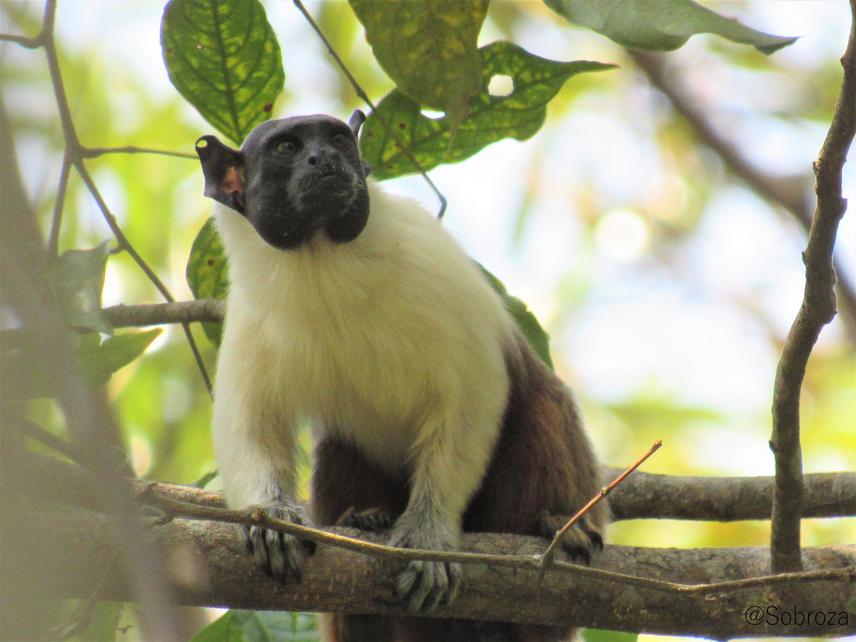Tainara Venturini Sobroza
Other projects
23 Jul 2018
Sounds, Cities and “Sauins”: The Effect of Acoustic Environment in the Pied Tamarin (Saguinus bicolor) Communication Behaviour in Manaus, Amazonas, Brazil
Anthropogenic noise has modified natural soundscapes impacting wildlife and ecosystems worldwide. Because of such impacts, it is essential to mitigate noise and evaluate wildlife responses to it. Passive acoustic monitoring (PAM) is a method for assessing the diversity of sounds in an area. This approach, combined with machine learning (ML) holds a great promise for monitoring wildlife. Manaus is a large city at the heart of the Amazon. Although much of the local forest has been lost, many small remnants persist. The pied tamarin (Sagunius bicolor) is an endangered primate with a restricted geographic range. In an attempt to improve the conservation status of this species, an urban ecological corridor is being implemented. Theoretically, trees can act as barriers to noise pollution while simultaneously connecting landscapes and increasing biodiversity. However, noise attenuation may also depend on factors such as topography and microclimate. In this study, I aim to test how the different strata of the forest act to lessen noise in an ecological corridor.

Individual of pied tamarin (Saguinus bicolor) found in a forest fragment from the urban area of Manaus, Brazil. © Tainara V. Sobroza.
Additionally, I seek to understand how pied tamarins distribute within this corridor. At the end of the project, I expect to have a map identifying noise hotspots that require mitigation actions such as forest enrichment. Furthermore, I will deploy autonomous recorders in the forest to detect pied tamarins and evaluate how they distribute across the corridor. Acoustic detectors will be built using PAM and ML data to detect pied tamarins.
Overall, this study will allow us to:
1) assess the effectiveness of ecological corridors on noise reduction.
2) highlight regions that need interventions to reduce noise.
3) analyse the impacts of human noise on the distribution of a critically endangered species. This will serve as a priority for before-after design studies to evaluate the success of conservation actions and may be an important model for urban landscape planning.
Header: Fragmented landscape from the urban area of Manaus, Brazil. © Raffaello di Ponzio.